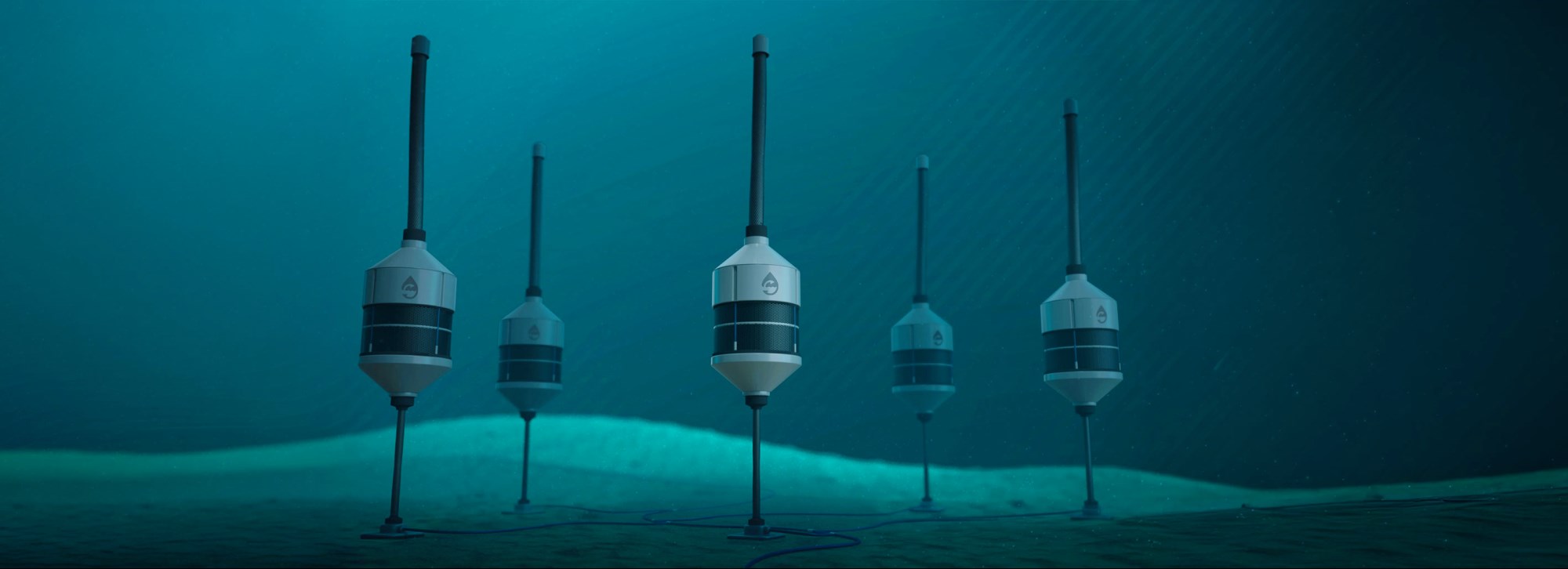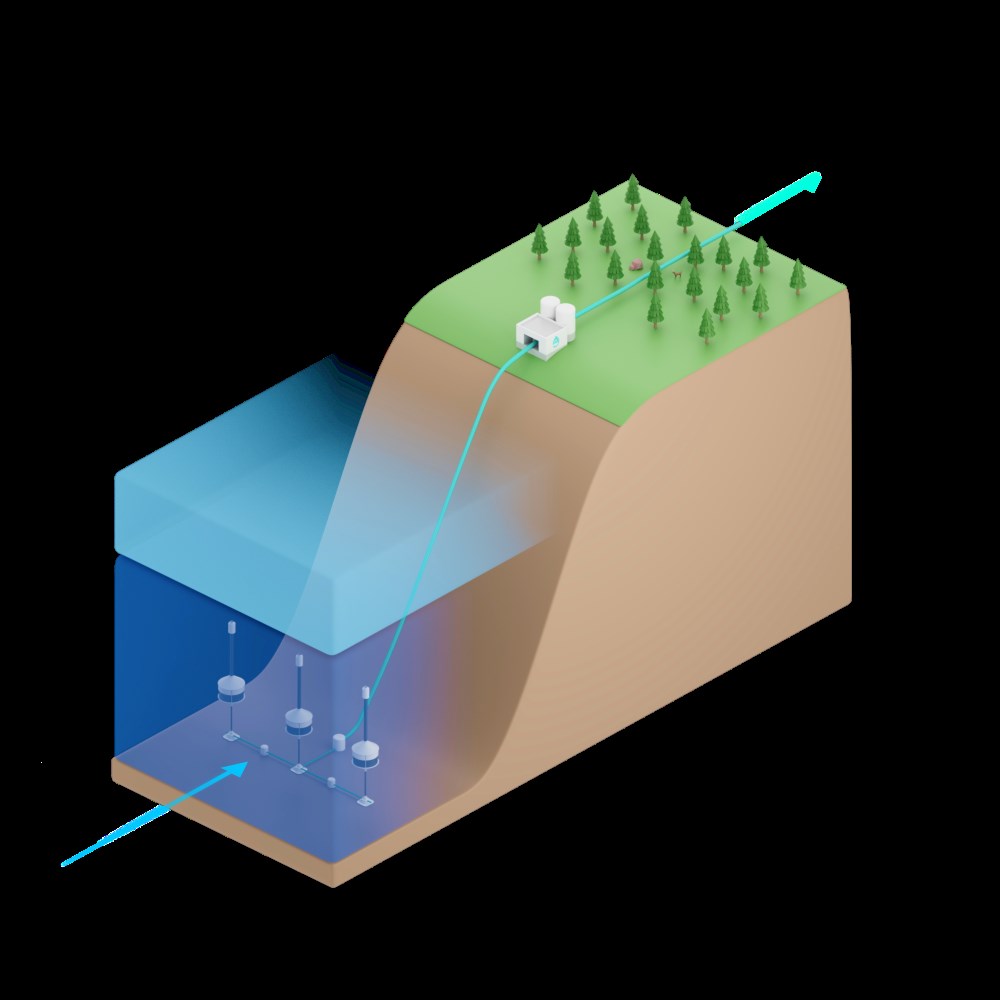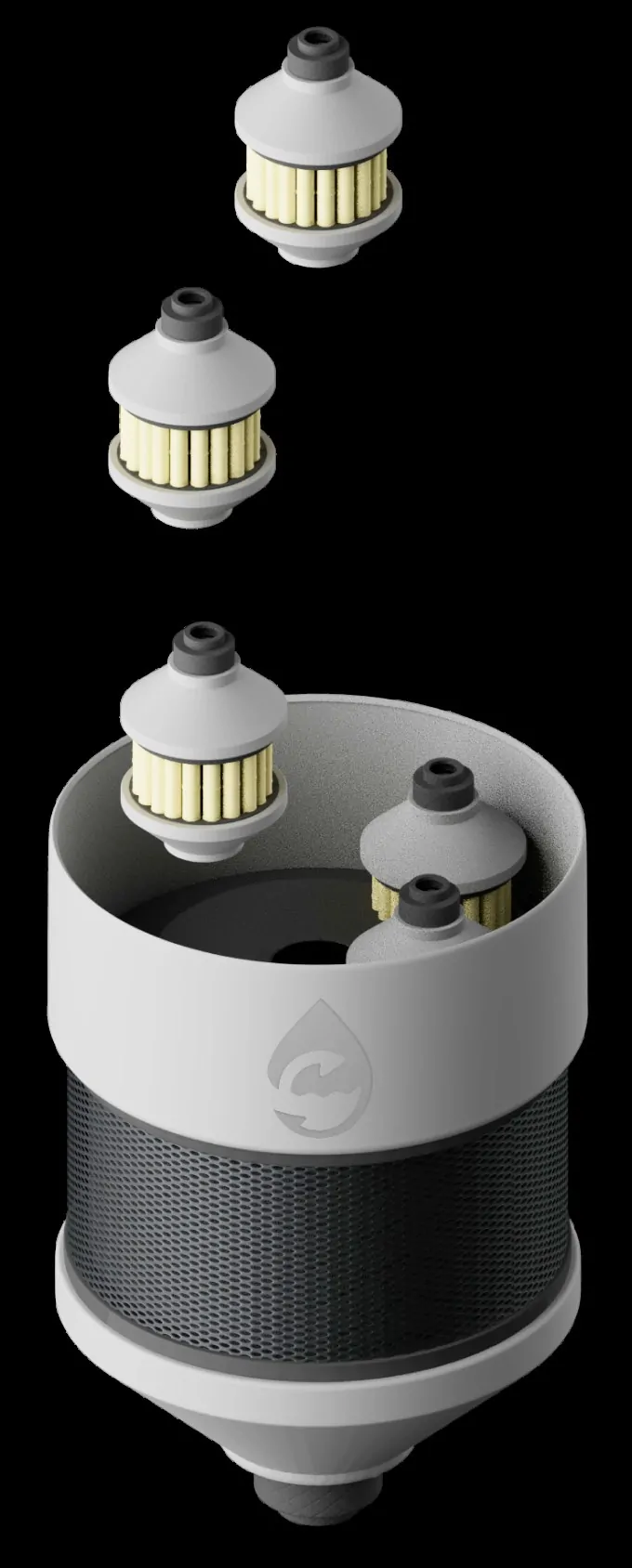See Full Size
Approximately 400 meters deep Each pod, which converts standing and salty water into drinkable water, produces 4000 cubic meters of water daily. This means that each pod meets the needs of approximately 250 homes in Turkey.
Consumes 40 percent less energy
The biggest difference of the system compared to other reverse osmosis technologies Using deep sea pressurebut in order to do this, the reverse osmosis part must be connected to the seabed. In this way, compared to traditional salt water treatment plants on land, 40% less energy spends.
See Full Size
3 years ago, in 2021, the prototype system was tested and positive results were obtained. The pilot plant will come into operation next year. Then, a demonstration project will be implemented in Hawaii in 2027, and with the experience gained, it will be launched commercially in the USA in 2029. California It will begin to serve in the city of Malibu, 2018.
It will be used as an alternative to dams in California
The first facility to be established in California will deliver 220,000 cubic meters of water per day to the city network and will alleviate the state’s water problem. If we talk about numbers, this figure is exactly the same as the feeding capacity of the Ömerli dam, the largest dam in Istanbul.
It will also be used for cooling purposes
Another advantage highlighted by the company is very important for our hot regions. Fresh water obtained from the completely dark and partially dead part of the sea is naturally very cold. This cold water is passed through a heat exchanger, which also enables a central cooling system to operate only with pumps, without using electricity or fuel.
Since this system will normally be used in islands and hot regions with water deficiency, this type of direct cooling instead of air conditioning will significantly reduce electricity usage. The recent increase in air conditioning use due to global warming and increased welfare levels increases electricity consumption. With this free cooling, cooling costs can also be reduced.
One of the company’s claims is that the hypersaline water remaining after separation of salt is only 10% to 15% more salty than normal seawater. Being less salty in this way also reduces the damage to the environment. Since the amount of hypersaline water obtained in land desalination facilities is twice as salty as normal salt water, discharging it directly into the sea will adversely affect the living creatures in the region.
This news our mobile application Download using
You can read it whenever you want (even offline):







